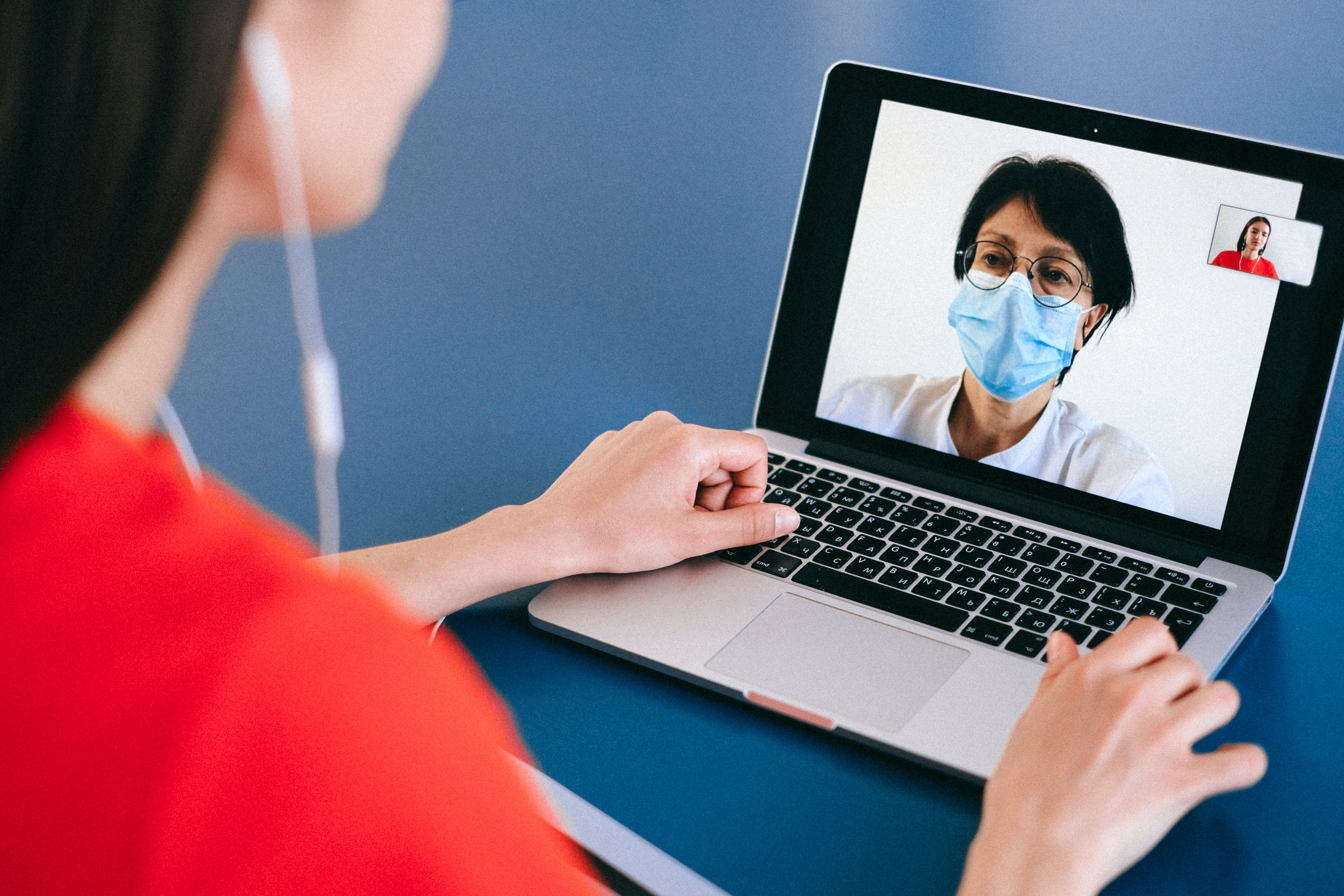How Patient Perspectives on Telehealth are Changing

 As providers grapple with the question of whether telehealth services can provide sufficient care as a substitute for an in-person visit, the global telehealth market is moving forward with or without them. Projections expect the market to multiply by more than 3x by 2025 – to $130.5 billion.
As providers grapple with the question of whether telehealth services can provide sufficient care as a substitute for an in-person visit, the global telehealth market is moving forward with or without them. Projections expect the market to multiply by more than 3x by 2025 – to $130.5 billion.
Prior to the COVID-19 pandemic, telehealth was being adopted at a snail's pace. Today, providers have had no choice but to adopt some form of remote communication with their patients in order to stay afloat. Although the pandemic was the catalyst, there have been many factors that have been slowly moving the healthcare industry toward telehealth, the greatest being patient demand.
COVID-19's Influence
The COVID19 pandemic in particular has changed how both patients and providers approach healthcare. Providers from specialty hospitals and rural healthcare systems, to small primary care offices were forced to scramble to set up virtual healthcare solutions that would allow them to continue to treat patients. According to a recent Forrester report, of the 1 billion virtual visits expected in 2020, 900 million of said visits will be for COVID-19 related care. Eric Topol, MD, director of the Scripps Research Translational Institute said he expects telehealth and remote monitoring technologies to continue serving as widespread form of first defense in dealing with future pandemics.
For Dr. Michael Kelly of Salisbury Primary Care in rural northwest CT, work volume dropped significantly as his primarily elderly patient population avoided all but essential healthcare visits. His practice, which consists of him and his wife who helps run the business, had to set up solutions for Telehealth visits in order to stay afloat. Though Salisbury Primary Care found that telehealth was not appropriate for every visit or every patient, it was “invaluable for the many times a consultation is needed, but the patient cannot physically get to the clinic for whatever reason.”
Consumer Trends
Even more surprising were the numbers of older patients who took advantage of this offering, indicating that convenience and efficiency of telehealth services is not solely appealing to younger generations. In fact, a recent study found that as many as 2 in 3 Americans say that COVID-19 has increased their willingness to try telehealth. And why not? Though Millennials and younger generations may be the ones to expect from healthcare the convenience and efficiency that technology affords across other areas of their life, it may be the older generations that can really benefit from Telehealth the most.
These numbers are not anomalies. Major players in Telehealth have seen a three-fold increase in March and April patient volumes. “Clearly consumers are not only becoming aware of telemedicine but starting to demand access to it,” said American Telemedicine Association CEO Jonathan D. Linkous in a statement. “It is becoming a part of the standard of care that should be made available throughout the country.”
Regulatory Changes
In March, the US Government expanded telehealth capabilities for Medicare beneficiaries, allowing beneficiaries to have common office visits, mental health counseling and preventive healthcare screenings through telehealth and extended Medicare telehealth coverage even further, offering 85 additional services provided via telehealth.
As we’ve discussed in previous blogs, this surge in telehealth adoption and success in the U.S. is tied to regulatory changes that have slackened requirements for Value Based Care reporting and insurance reimbursements. Though it remains to be seen whether these changes will remain, it is likely (and expected) that some federal and state level accommodations for telehealth will be sustained once the pandemic has passed.
What conclusion is there to be drawn from this? Telehealth is rapidly expanding in the marketplace, and as a result, patients (of all generations) are going to come to expect and look for these services. Providers need to understand these trends in order to move forward with an evolving healthcare landscape. Whether you are a primary care physician, specialist or part of a larger healthcare organization, there are telehealth services that are right for you and your practice that will bring value to you and your patients.

.png?width=378&name=HOW%20PATIENT%20PERSPECTIVE%20ON%20TELEHEALTH%20IS%20CHANGING%20(1).png)




